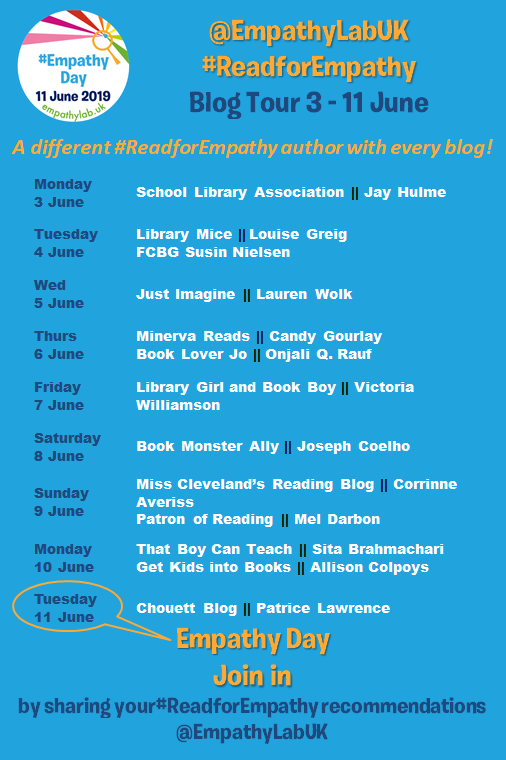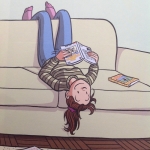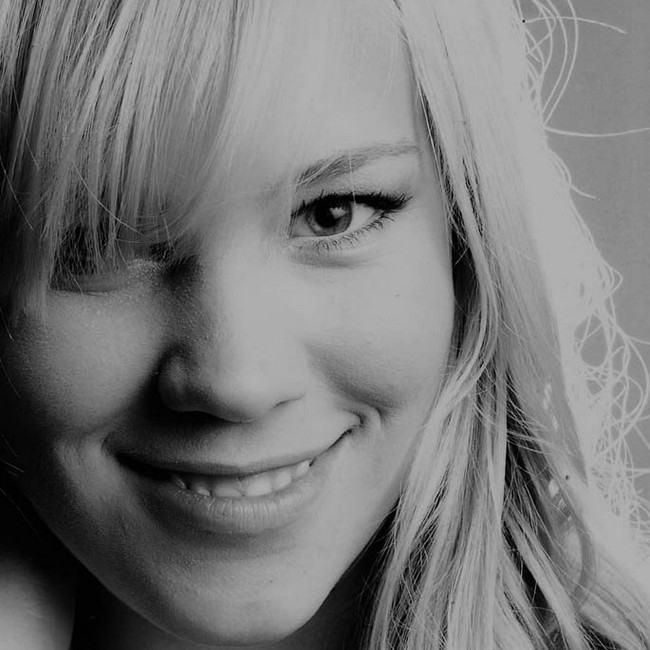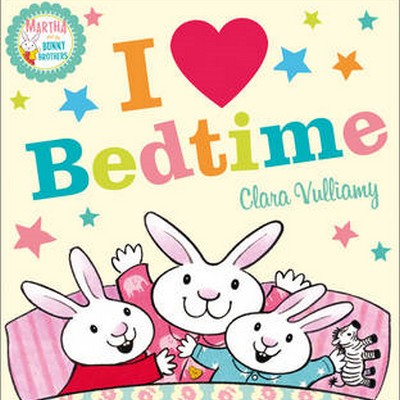
Today I am hosting the Read for Empathy blog tour, which celebrates books that help develop empathy, in the build-up to Empathy Day which takes place on June 11th. Empathy Day was founded in 2017 by not-for-profit EmpathyLab. It aims to drive a new empathy movement, inspired by research showing that humans are not born with a fixed quantity of empathy – it’s a skill we can learn. The profile of this now annual event has rocketed, fuelled by concerns about a growing societal empathy deficit. Young people are growing up amidst an increasingly divisive public discourse, with online lives which can limit face-to-face human connection and expose them to casual cruelty.
Empathy Day is a lightning rod for a new story-driven empathy movement.

I am delighted to welcome Louise Greig as part of the tour to talk about her picturebook Sweep, illustrated by Júlia Sardà, which is part of the 2019 Read for Empathy Guide. Louise lives in Aberdeen with her husband where she writes children’s picture books and poetry. She loves nature, wildlife and words in equal measure. You can find her on Twitter
“Sweep”
by Louise Greig

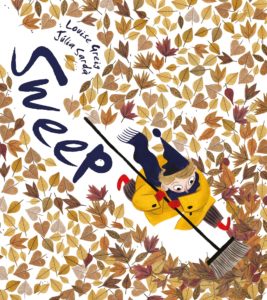 Let’s start with a confession. Sometimes in art a brush stroke or an idea results in a ‘happy coincidence’ with a serendipitous outcome beyond the artist’s or author’s original intention. And so it was with Sweep. It would be easy for me to take credit for the praise the book has received but, in reality, I only saw it as a simple story of a temper tantrum I hoped would resonate with readers. In fact, it’s hardly a story at all – just a metaphor wrapped in a pile of leaves.
Let’s start with a confession. Sometimes in art a brush stroke or an idea results in a ‘happy coincidence’ with a serendipitous outcome beyond the artist’s or author’s original intention. And so it was with Sweep. It would be easy for me to take credit for the praise the book has received but, in reality, I only saw it as a simple story of a temper tantrum I hoped would resonate with readers. In fact, it’s hardly a story at all – just a metaphor wrapped in a pile of leaves.
It was therefore a lovely surprise to discover the book was being used by teachers, parents and psychologists in many countries as a practical tool to help children recognise and deal with anger, anxiety and other difficult emotional issues. The Picture Book Blogger summed it up nicely: “Possibly one of the most deceptively simple, but also most powerfully executed books we’ve seen on handling, recognising and confronting overwhelming emotions”. Sometimes the simplest ideas are the best!
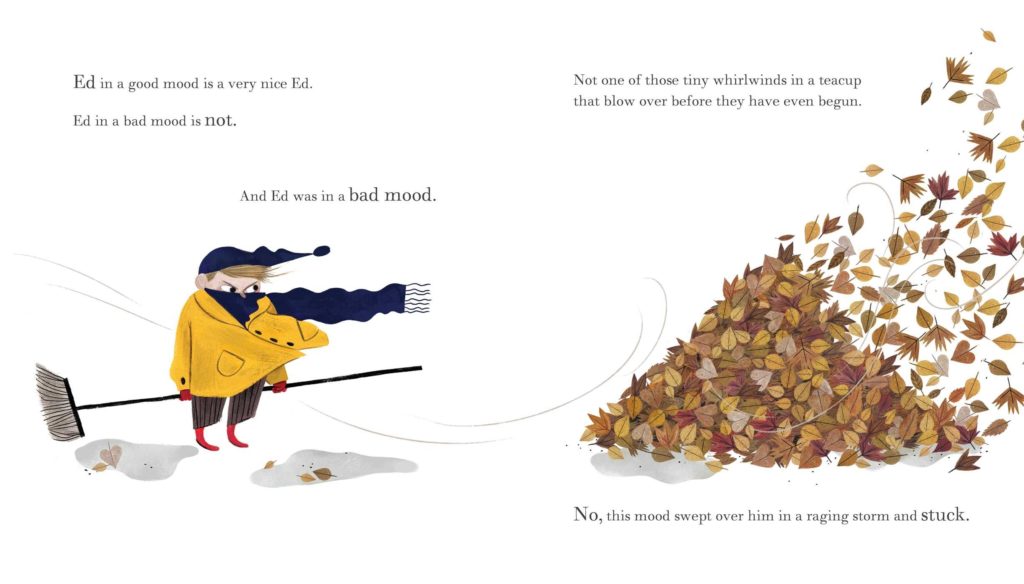
Reading has long been recognised as a way of promoting empathy by allowing readers to explore the world far beyond their own realm of experience and so see and understand other peoples’ points of view. This is important in the modern world where everything seems to be increasingly polarised with one side raging against the other, with apparently little attempt to understand why opposing views are held. The middle ground seems to be disappearing, and with it, the notion of empathy.
Social research is often confusing and contradictory, especially in the mental health arena and, in particular, with respect to the impact of social media on young peoples’ lives. However, it doesn’t take a great deal of imagination to recognise social media’s potential for bullying, passive aggression and general dissatisfaction during a child’s formative years. Furthermore, complex algorithms used by social media platforms intentionally match people with others with similar attitudes and interests thus giving individuals the impression their views are universal and alternative points of view wrong. This is confirmation bias on a wide scale and leads to a narrowing of outlook and more deeply entrenched beliefs. Ultimately it promotes a lack of understanding, tolerance and compassion, which are the foundation stones of a civilised society.
I can’t claim that Sweep can solve the world’s ills but, in some small way, it may help promote empathy in children by providing them with an increased understanding of themselves and help them recognise entrenched and unhelpful behaviour when it occurs in others. It may also provide them with the tools to break the cycle of anxiety and anger by demonstrating a better and happier way forward. In this regard the key to Sweep’s success is the joyous resolution of Ed’s bad mood. Just as it threatens to overwhelm everything and everyone, a gust of wind simply blows it away and happiness prevails! Another confession – the original ending I intended was an all-enveloping catastrophe but my editor convinced me that might be too hard a lesson for young minds and fortunately persuaded me to change it to something more positive and uplifting.
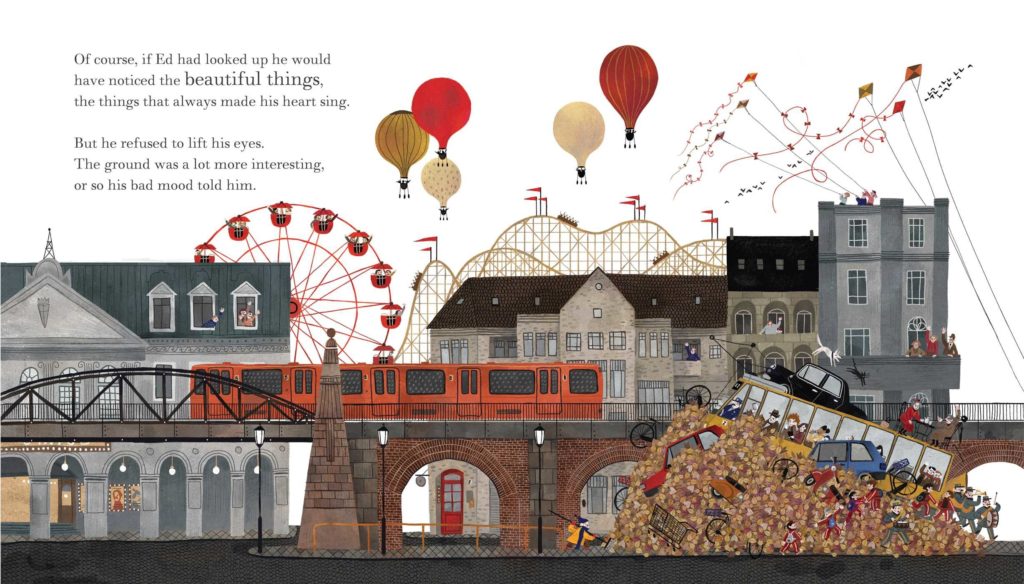
With picture books the prevailing premise is always ‘show, don’t tell’ – words are only half the story. Sweep owes much of its success to the wonderful detail and rich, witty illustrations by renowned artist Júlia Sardà, which bring the whole story to life. The humour embedded in the illustrations is absolutely key to the success of the book – it’s hard to be angry while you’re laughing!
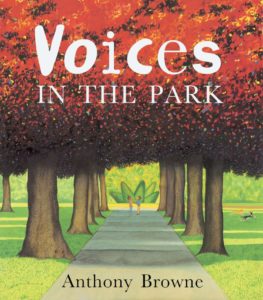 In terms of recommended reading for empathy I would suggest anything by Anthony Browne. His books are always multi-layered, simple stories profound in meaning. I particularly love Voices in the Park which is 20 years old now. It looks at four different perspectives of the same event.
In terms of recommended reading for empathy I would suggest anything by Anthony Browne. His books are always multi-layered, simple stories profound in meaning. I particularly love Voices in the Park which is 20 years old now. It looks at four different perspectives of the same event.
***
Thank you so much, Louise for this lovely blog post!
You can buy a copy of Sweep here.
Do you want to curate your own booklist of Empathy-building books? This is the kind of thing you should be looking out for:
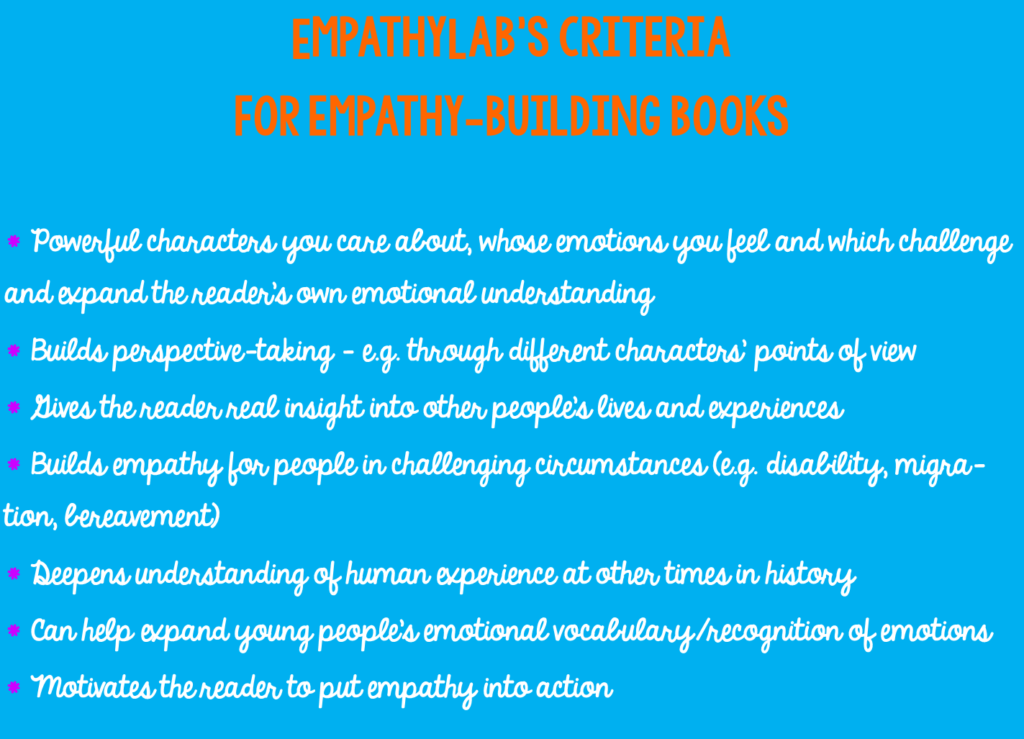
To support Empathy Day, you can:
* Join in the social media #ReadForEmpathy campaign across social media platforms
* Attend The Empathy Conversation evening event with former Children’s Laureate Malorie Blackman, poet Joseph Coelho and psychology expert Professor Robin Banerjee, Waterstone’s Piccadilly, on 11th June at 7pm; tickers are available here
* Buy empathy books from local independent booksellers, and EmpathyLab’s whole empathy book collection for 26% off thanks to Peters Bookselling Services.
*Follow the blog tour of some of the authors and illustrators involved:
